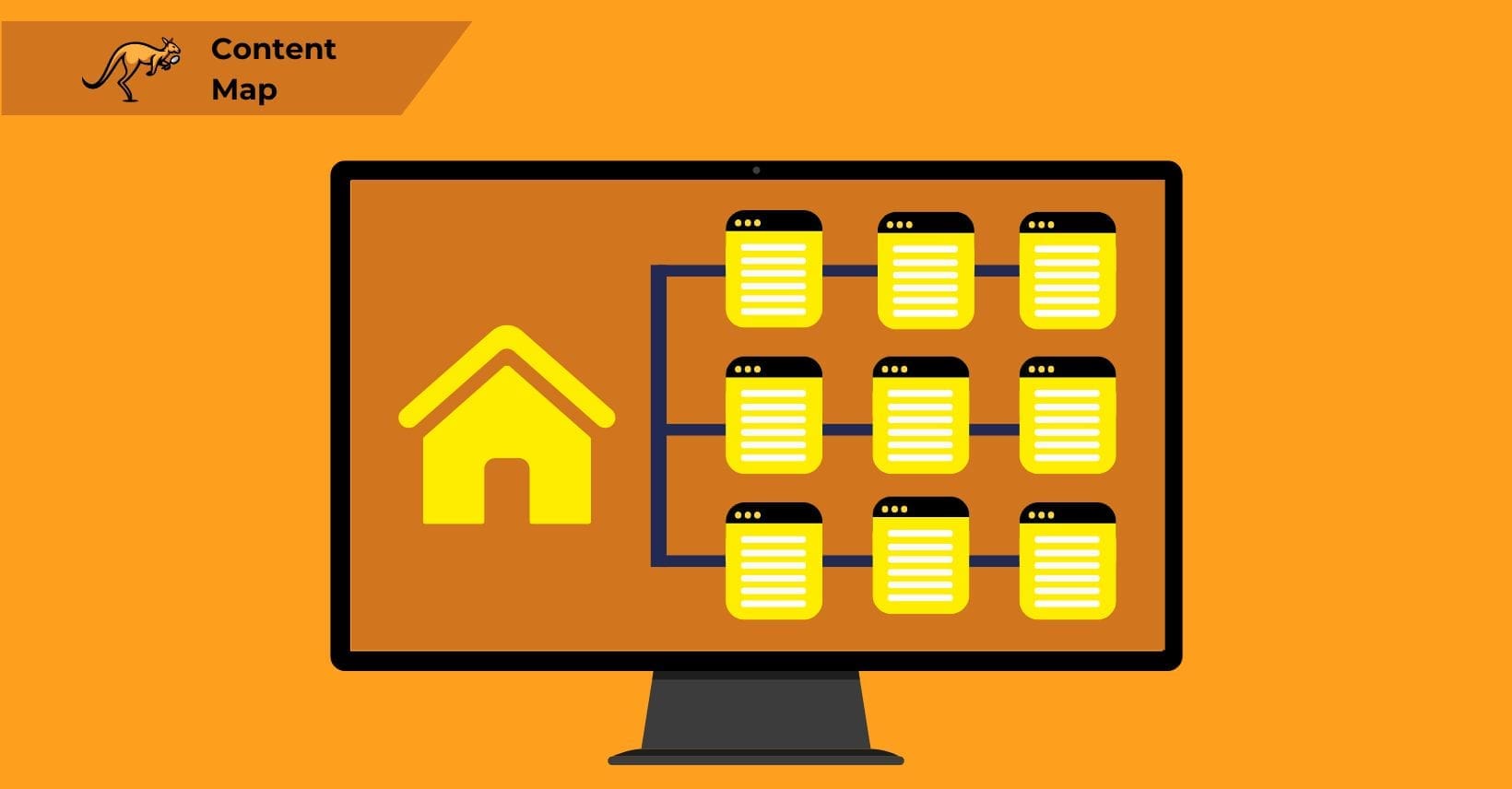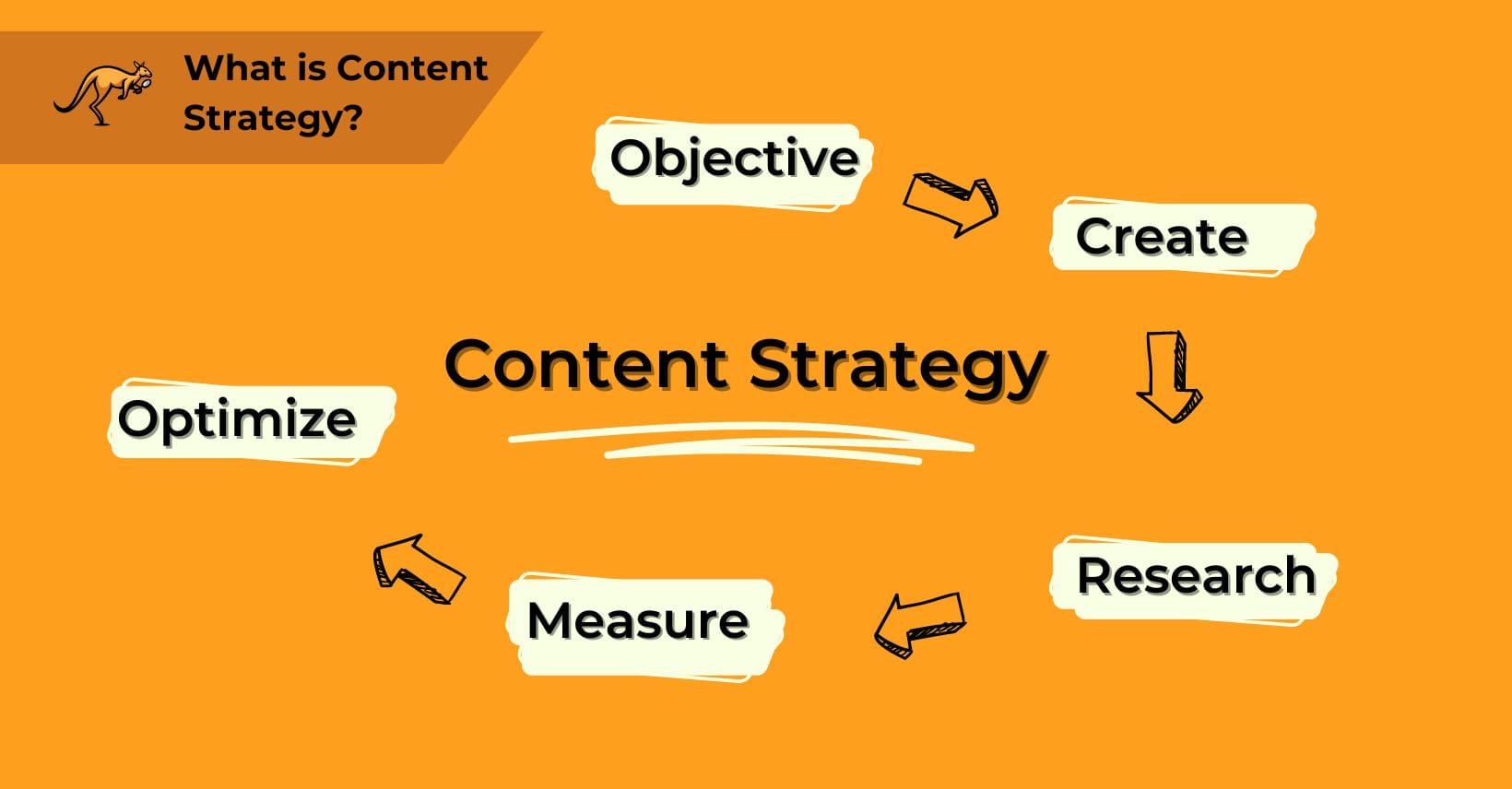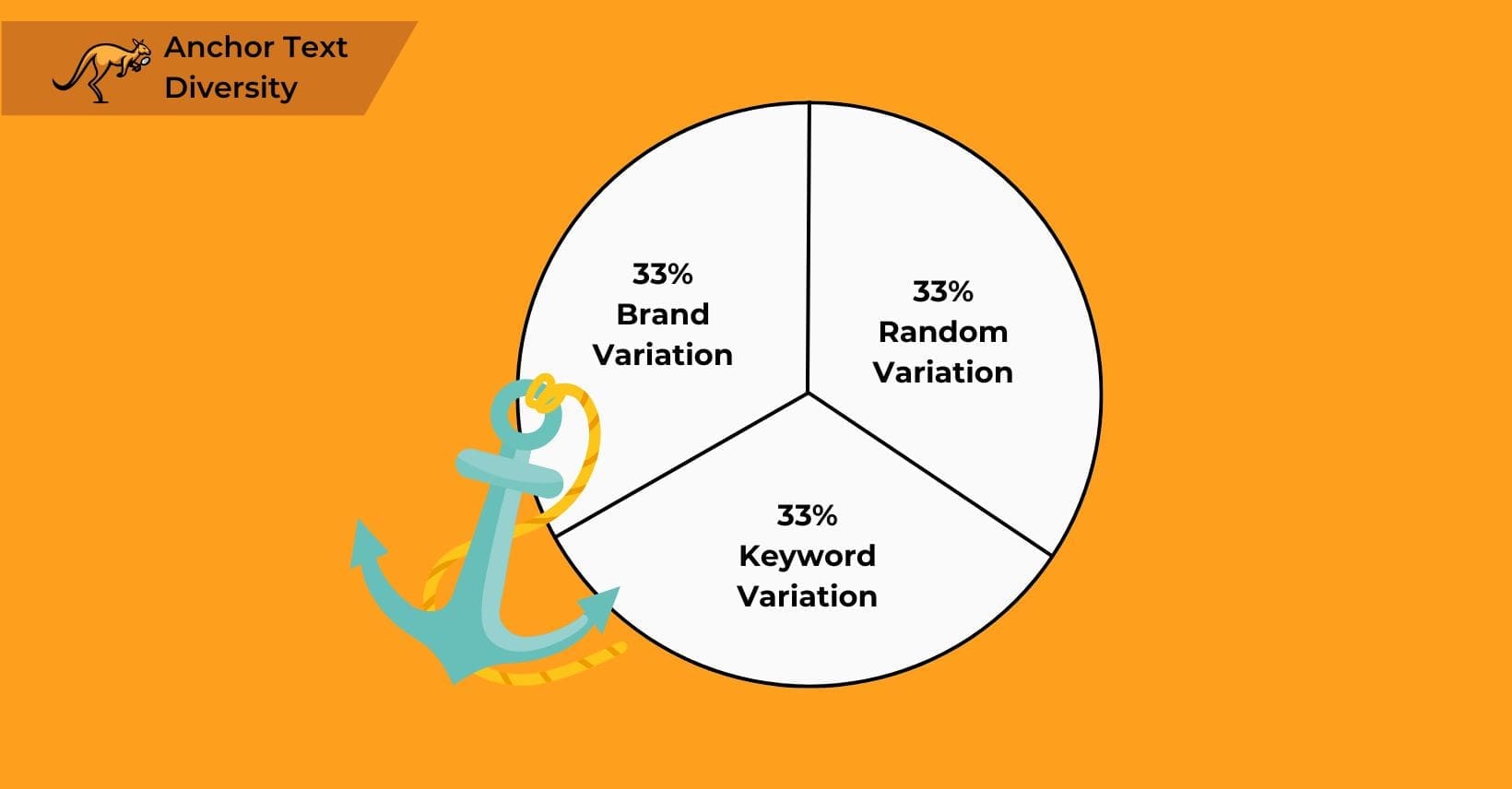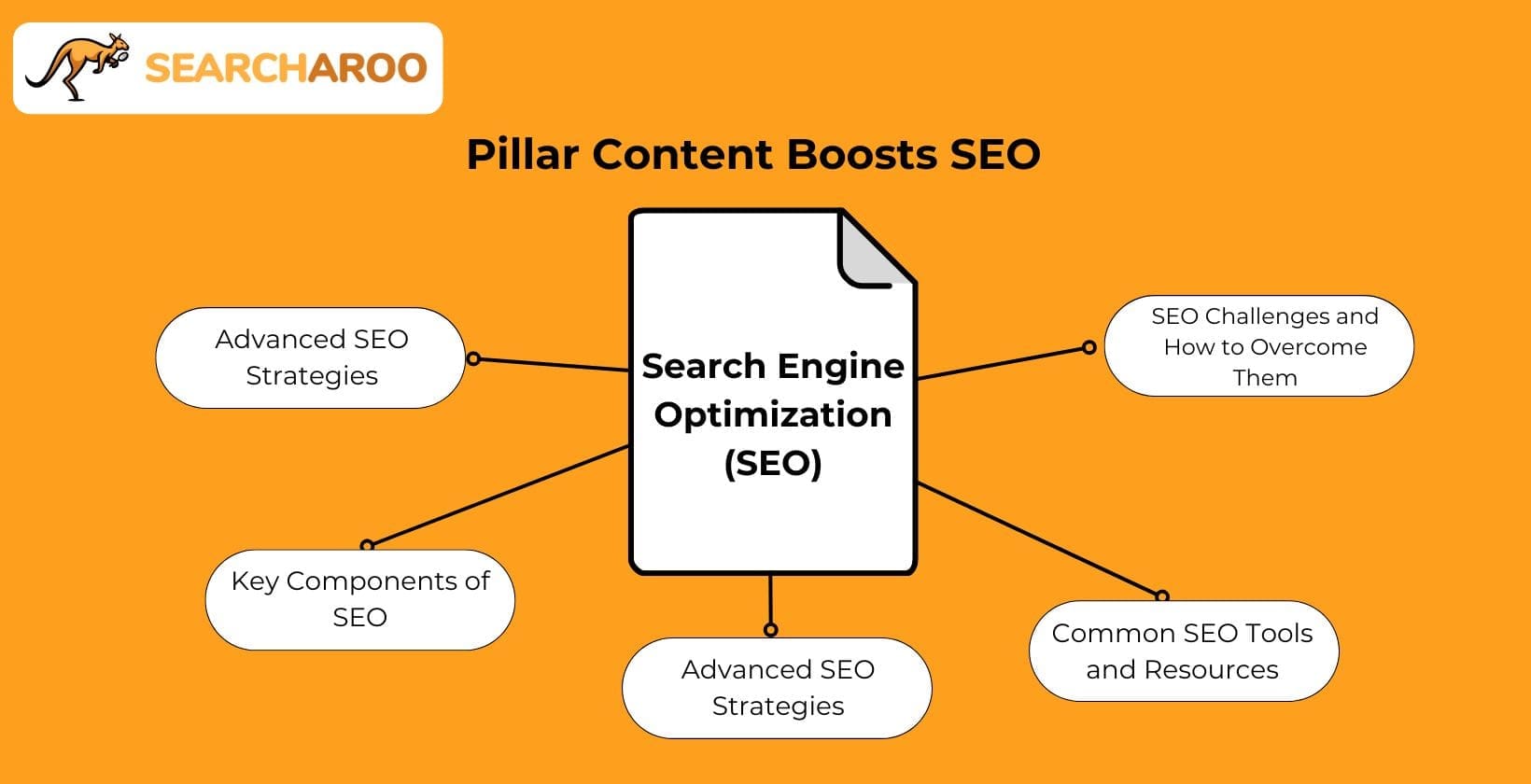When a user visits your site, there is no guarantee that they are going to jump right into a purchase.
Maybe they are there to look at products, or explore your blog content, or just stumbled onto your site through sheer coincidence and need to be convinced to look deeper.
This, naturally, means that the site can’t just be product pages. If you want to gain the attention of your target audience – as well as other visitors outside that audience, if relevant – then you need content marketing.
However, content marketing does not work without knowing where to place it and how much to create.
Too much product-focused content might turn users away, but too little could leave your target audience bored or make it harder for them to actually find a product that they want.
This is where content mapping comes in.
What is Content Mapping?
Content mapping is a strategic process that organizes website content according to the user’s journey between pages, which helps guide visitors toward conversion points while delivering relevant information at each stage of their decision-making process.
The ultimate goal of content mapping is to make sure that your target audience is being driven toward conversions in a way that works.
Without content mapping, a content strategy will struggle to appeal to the right people. By tying content to the buyer’s journey stages down the marketing funnel, you can nudge them in the right direction and avoid flooding them with obvious marketing copy.
Why is Content Mapping Important?

Every piece of content on your site, from existing content to brand-new articles, has marketing value. However, simply pushing that content at random means that you are not getting the full value out of each article or post.
Content mapping focuses on giving every piece of content its own purpose across the different buyer’s journey stages.
By optimizing content to suit the sales funnel you are relying on, you can help push potential customers closer to a purchase, sign-up, or other conversion.
In other words, good content mapping ensures that every piece of content does something. It lets you create content with an obvious purpose behind it and boost your marketing efforts with good content created in the right ways.
How Content Mapping Works
Content mapping works by aligning content with buyer personas—fictional identities representing potential buyers within your target audience—and then matching specific content pieces to each stage of their journey, from initial awareness through consideration to the final decision point.
Creating buyer personas gives you an archetype to target, which represents a large proportion of your potential customers. Through this, you can build a solid content mapping strategy based on their expected buyer’s journey – the process they go through before converting.
Website content mapping is about creating new content (or re-using existing content) in a way that would appeal to this buyer persona and get them moving closer to a conversion.
The point behind this is to push a larger part of your target audience into becoming full, paying customers.
A typical content marketing strategy might involve hundreds of individual pieces of content aimed at a range of different audiences, and all of that “loose” content is acting as an individual tool. With content mapping, you are basically drawing all of your content together into a single solid marketing plan.
What Are The Benefits of Content Mapping?
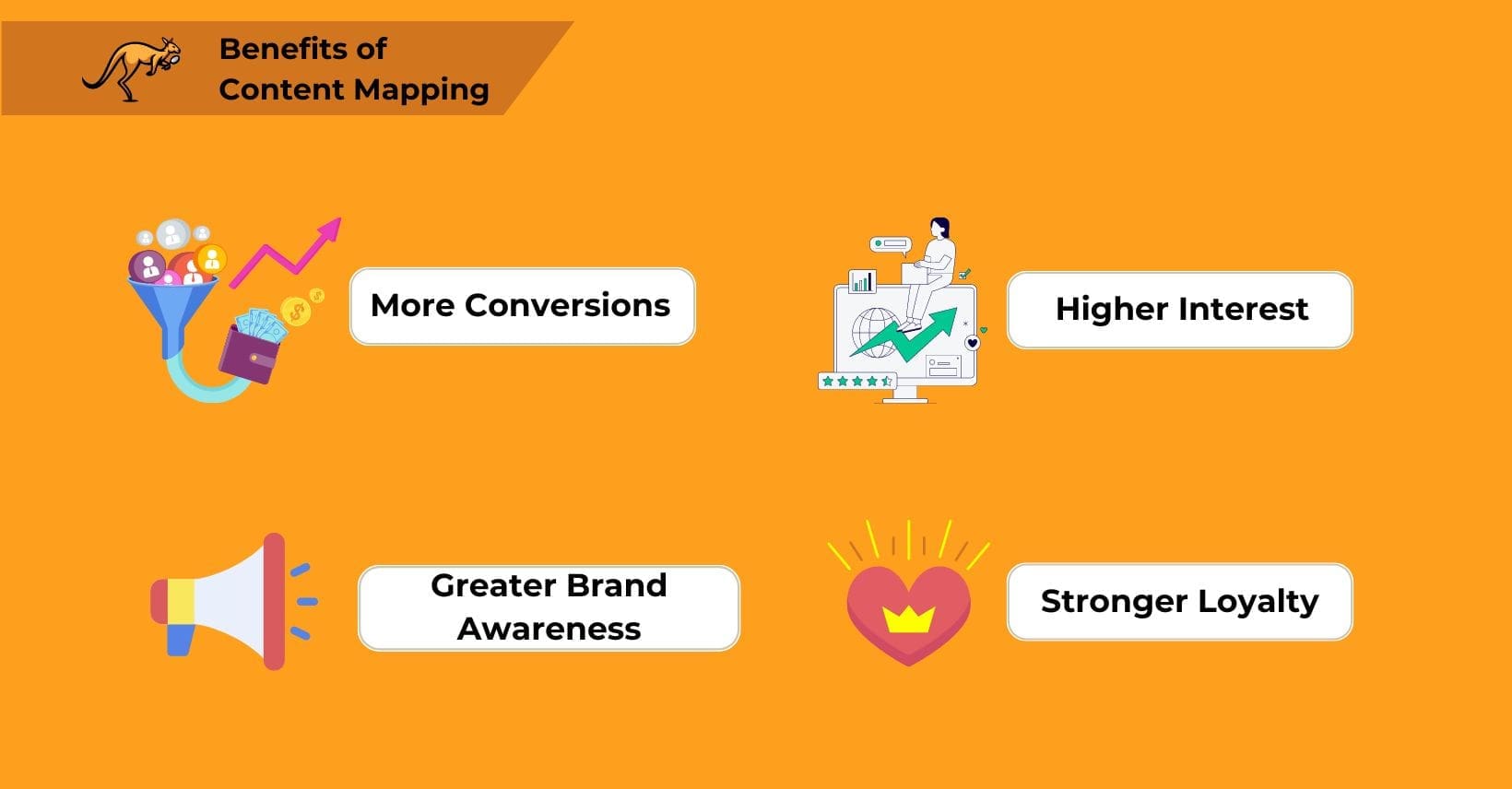
While content mapping might sound like any other content marketing strategy, it is actually an overarching way of making your content marketing strategies work. One of the biggest hurdles that most websites face is creating content that never gets off the ground or does not actually nudge their audience closer to a sale.
Content mapping, as a technique, is built around the idea that every piece of content has value in one way or another. Some content might lead users into direct sales, while others may simply inform them of products, but mapping content well means that very little effort is wasted.
Compared to simply producing content at random and trying to appeal to your audience in whatever way you can, content mapping has a range of powerful benefits to offer. When done correctly, proper website content mapping can offer advantages like:
More Conversions
A huge part of content marketing is trying to push users down your conversion funnel, so mapping content out and giving it a distinct purpose often helps you optimize your sales funnel to make this easier.
Not only can you attract the attention of more users, but you can make sure that all your content contributes to your overall sales.
Content needs to hit the right users at the right time to have an impact, which is why mapping content can be so important.
Optimizing when and where users are exposed to your content can be a good way to increase the chances of them converting easily.
For example, some content may work best for introducing users to a product they did not know they needed, whereas another piece of content might be better suited to finalizing a user’s decision between your product and a competitor’s.
Greater Brand Awareness
Introducing your brand to your target audience is important, and that means creating compelling content that is not too in-depth or niche.
This can be incredibly tricky, especially if your existing content serves an audience that is already in-market rather than one that has never heard of your brand before.
Optimizing the way that your content is handled means that you can create content meant specifically to spread brand awareness rather than having to create generic content pieces that do not necessarily appeal to either new arrivals or long-time potential customers.
Beyond that, if you create a content map and a plan to go along with it, you can make sure that you are getting your brand out to the widest audience possible by using content that actually appeals to them. This can make a huge difference in getting you noticed over your competitors.
Higher Interest
A massive part of content marketing focuses on interesting your visitors in what you can offer, and that is something that choosing to map content really helps with. While a fire-and-forget content strategy can certainly work, a structured content program makes it easier to target users with the right content.
Creating interest, willingness to convert, and a desire for a product or service that you offer is not easy.
Using content mapping tools carefully can provide a clear way to build content that plays off what users actually want and need, drumming up interest for whatever you can offer them.
This is especially important for people who are on the very threshold of your sales funnel. A single piece of well-crafted content could be all it takes to draw in users and gain more traction – as well as more sales and conversions on your site.
Stronger Loyalty
Not all content within a content map needs to be focused on sales. It can also include additions like content meant to inform past customers or even content that exists primarily to build goodwill and respect toward your brand.
Producing the right content at the right time is a major part of keeping your past customers loyal. While you might not be producing content that leads to sales opportunities directly, you are still creating something that your audience will read, and that can make a big difference when competitors are catching up.
This also ensures that you can keep customers informed – tutorials, updated articles, or even breakdowns of how a specific service can be used. Doing this ensures that they have a good experience with whatever they are buying, rather than feeling confused and/or losing the desire to buy more.
How to Plan Content Mapping
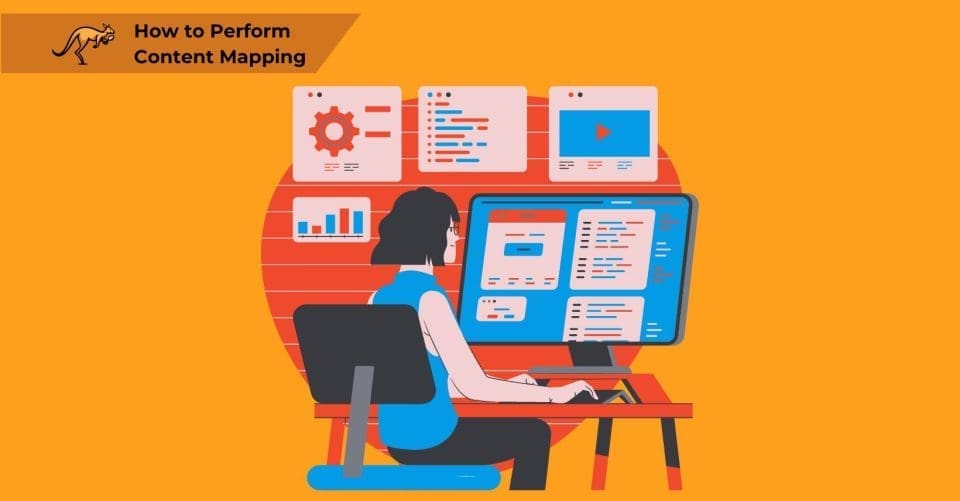
Creating a content map requires identifying your target buyer personas, mapping their journey through awareness, consideration, and decision stages, then aligning specific content types to address their needs at each stage of this journey.
While every business performs content mapping in a different way, for obvious reasons, the general idea behind trying to create content maps will always be the same. This means that your own content map can take as much inspiration from existing maps as you need – the important thing is optimizing your content for your own site.
Download a Content Map Template and Create a Content Map
A pre-prepared content map template is a solid starting point for learning how a content map works, which you can download from marketing resource websites such as HubSpot, CoSchedule, or Buffer, where templates provide frameworks for organizing both new and existing content across the customer journey.
Most importantly, a decent content mapping template can help clarify anything that you do not immediately understand, such as buyer personas or the buyer’s journey. If you want to create future content with a focus behind it, then these content map outlines can’t hurt.
Identify the Target Buyer Persona
The buyer persona, as mentioned above, is a stand-in for an entire audience that you are trying to target. This means that it is important to get the buyer persona correct as early as possible, especially if you are in a highly competitive niche with a lot of other companies targeting the same groups.
The best buyer personas are ones based on real market data and focus on the average buyer’s journey within a particular niche. Targeting this buyer persona is basically a roundabout way of targeting the majority of an entire audience, which means that it is important to get this right.
Understanding your audience is vital for any marketing strategy, and that means market research. Look into tools like Google Analytics to build up solid buyer personas of any specific audiences you are targeting, and do not be afraid to use customer surveys or other tools to gather this information.
Having an accurate buyer persona is important. Instead of focusing on your ideal customers, focus on the majority.
You want to build up a buyer persona profile of the most common type(s) of people who will visit your site and are most likely to convert since these are the main focuses of most marketing campaigns.
Break Down The Buyer Persona Customer Journey
Every customer goes through a “path to purchase,” a set of steps that take them to the point where they either convert or they do not. While understanding buyer personas as a majority is important, you also want to know the customer journey that they are most likely to take.
Overall, it helps to have an understanding of any customer journey that results in a good amount of conversions. Even having a general idea of the main steps they take can be important for putting together relevant content ideas.
In general, a customer will go through three life cycle stages in the customer journey: awareness, consideration, and decision.
The Awareness Stage
The awareness stage is the first part of the customer journey, where buyer personas realize that they have a problem to solve or an opportunity to take.
Awareness stage content needs to be focused on building awareness of your own brand and showing customers that you can solve their problems.
The Consideration Stage
The consideration stage is when a potential customer has a better understanding of their problem and knows what kind of product, service, or valuable resource would fix it.
Consideration content is focused on presenting users with a more detailed solution and trying to use their pain points as a way to get them focused on the niche that you are in.
The Decision Stage
The decision stage is the final of the different stages of the buyer journey when a person understands the approach that they need to take and wants to find a provider or service that matches it.
Decision content is closer to typical marketing content, focused on getting users interested in the products or services that you specifically offer.
Understand How Your Target Audience Acts at All Three Stages
If you want to create a content map, you need to understand how your audience is going to behave in each of the three stages listed above. These are the pieces of the puzzle that you need to fit together if you want the content mapping process to succeed.
A good customer-centric content map does not just create buyer personas but also uses those personas to form a proper customer journey map that content can be applied to. This is the basis of a mapped content strategy, regardless of how you are delivering content.
What kind of questions are your audience asking? Which content serves them the answers they need? Do they often look for specific details about one element of a product? Are they seeking out relevant content that suggests they are confused about a certain part of what you can offer?
Using the buyer journey stages allows you to break down how users are reacting when they become part of your target audience, which gives you more tools to use in capturing their attention.
Plan Content
Once you know as much as possible about customers, you need to map content to each stage of their journey. This means choosing the best content ideas (and, in some cases, content formats) to use for every stage.
Planning out content creation based on each buyer journey stage makes it much easier to produce semi-personalized content.
Since you are targeting the specific stage of the journey that the market is on, you are able to capture the attention of potential customers a lot more easily.
There is a wide range of content mapping tools that can make this simpler, but the end result is the same – you want to build a content map plan that connects different content ideas to the niches that your targets are likely to end up looking into, such as tutorials or review videos.
How to Perform Content Mapping
Once you create a content map as a general concept, you need to start creating content that takes advantage of the data you have gathered.
A successful content map is not just one that breaks down your audience well but one that allows that content map data to be used for successful marketing. To do this, you need to deliver content that hits its mark and has a real impact on your marketing results.
Gather Website Content Mapping Tools
There is no harm in using tools to help improve your content map. Spend some time looking over content map tools to get an idea of what your options are, especially if they would help with content creation in specific formats.
Gather Content Ideas
Gathering content ideas for your map involves researching keywords your audience uses at different journey stages, analyzing competitors’ content, surveying customers about their pain points, and reviewing search engine results pages to identify content gaps that your material can fill.
Craft Valuable Content
From social media posts to video content formats, you want to create content that has a lasting impact on your audience and attracts their attention.
This means that you will want to create content that relates to the current problems they are facing in their customer journey, no matter how large.
For example, if customers often delay their conversions by looking for comparisons between two of your products, pick out an idea like that from your content map.
Creating an article about that exact subject would let you influence their buyer’s journey and gain more organic traffic from search engines.
Be Proactive and Predictive
A content map can be used as a reactive measure, but they are best when used as a way to slip ahead of customers’ expectations and answer their questions before they are even asked.
Use your content map to find customers’ most common questions, and then create something that gives them an answer.
If a buyer has a question that stops them from purchasing until they find a suitable conclusion, content-mapping articles that answer that exact question can be the perfect way to catch them before they fall out of your sales funnel.
Target Multiple Conversion Paths
Your website content map will not usually just focus on a single audience. Make sure that you are taking into account more than just one persona, and try to provide a personalized customer experience for every “type” of user that is visiting you.
For example, someone may be visiting as an independent buyer, while another may be a business representative looking for B2B options. Some may be fine making a purchase through a form, while others want a proper online checkout system.
Remember that your potential customers are not all your ideal customers. Be ready to capture multiple different audiences by using different methods.
Re-Use Older Content
Whether you decide to map existing content to this funnel system or re-write older articles as fresh content, there is no reason not to keep your past articles updated for a new content mapping structure.
While not every article will fit into your content map, even just trying to tie it all into your content map can have a range of benefits.
Doing this means that it all has a defined purpose instead of just being un-targeted content for the sake of content.
Keep The Content Coming
Maintaining a consistent content calendar for mapping requires scheduling content creation for each buyer journey stage, assigning clear deadlines and responsibilities, planning content themes quarterly, and reviewing performance data monthly to adjust your calendar based on what resonates with your audience.
Even keeping a basic editorial calendar in Google Docs can be a good idea. One of the best content mapping tips any expert can provide is to not let your business’s brand awareness drop, and regular content can really help with preventing that.
Content Mapping Matters
Regardless of the job title you give the role or the amount of keyword research tools and Google docs involved in making it all work, content mapping makes a huge difference to your marketing strategy.
Most people know how to create decent content, but actually knowing where and how to present it for the best possible returns on your investment is much less rare. Through techniques like content mapping, managing your content becomes a lot easier.
While it is true that content mapping will not work well without good content behind it, that problem also solves itself.
One of the biggest factors behind content quality is relevance, and the point of the persona technique is to help you target the right people at the right time.
Measuring content mapping success requires tracking specific metrics for each journey stage, including engagement rates for awareness content, lead generation numbers for consideration content, and conversion rates for decision-stage content, which together show how effectively your mapped content moves visitors through your sales funnel.
Everything explained here has been part of real content mapping techniques used by countless companies, from small businesses to massive corporations.
While it might take some time to adapt to, the end result of your content mapping efforts can be a huge boost to your overall conversion rate. To learn more about keyword optimization and how it can improve your website’s visibility, click here.
